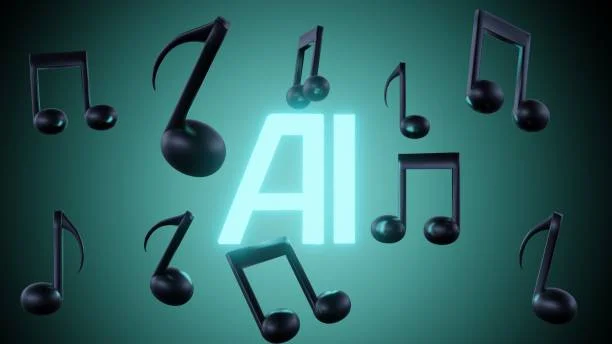Independent music used to live in the shadows of big studios. Expensive recording booths, engineers, and producers built a wall between artists and professional-sounding tracks. Now, there’s no need to worry more as that wall is falling. This is where technology comes-in named as vocal AI or AI Vocals, providing musicians the tools that they can actually afford and understand.
Let’s talk about how this change is happening.
1. Home Studios Are Finally Enough
A few years ago, a good mic and laptop weren’t enough to create a track that sounded “radio ready.” You needed post-production help, vocal tuning, and a ton of patience. Now, artists can handle all that from home.
With tools powered by vocal AI, a single vocal take can turn into a layered, balanced performance that doesn’t feel artificial. You can fix small tuning issues, remove background noise, or even add harmonies that sound alive.
Platforms such as Acestudio give singers space to shape their sound without chasing expensive gear. It’s a quiet kind of freedom: the ability to work on music when inspiration hits, not when studio time opens up.
2. Artists Can Shape Their Voice, Not Just Record It
Before, once you finished a recording, it was locked in. If you sang too soft, too high, or missed the tone, you started over. Now, that mindset feels outdated.
Vocals AI lets artists bend their voice like an instrument. You can shift the emotion of a verse, stretch a note, or smooth out the rough parts: all while keeping the feeling real. The point isn’t perfection, it’s all about expression.
An artist who records a raw, late-night demo can turn it into something stage-ready by morning. The voice stays theirs; the control finally does too.
One story leads to another—follow the trail of ideas that inspire.
3. Barriers of Language and Style Are Fading
Independent musicians don’t just play for their city anymore. The internet carries their sound everywhere. But sometimes, language or accent limits how far a song travels.
That’s where vocal AI becomes quietly powerful. Artists can translate lyrics and have them sung in another language: still with the same rhythm and emotional tone. It’s not about sounding robotic or fake; it’s about sounding understood.
A Turkish singer can record a song in Turkish, then offer a version in English or Spanish that carries the same warmth. Vocals AI helps artists experiment across borders without losing identity.
4. Collaboration Feels Effortless Now
If you’ve ever tried sending stems across time zones, you know the pain. Someone’s file won’t load, the tempo drifts, and the mix sounds off.
Now, with the assistance of vocal AI, collaboration comes with actual differences. Artists capable of sharing rough takes, and the software assists in matching tone, timing, and pitch instantly. What used to take days now happens in hours.
A singer recording in London can pair up with a producer in New York using platforms like Acestudio, and the result sounds like they were in the same booth. The distance doesn’t matter anymore; only the ideas do.
5. Musicians Can Experiment Without Pressure
There’s a quiet fear that most artists know: the fear of wasting time. Trying new styles used to mean throwing hours away if it didn’t work out. That fear stops a lot of great ideas from ever being recorded.
Vocal AI changes that mindset. Now you can try harmonies, run wild with effects, or test a new genre, and undo it in seconds if it doesn’t fit. No stress, no pressure, just exploration.
The Real Shift
This isn’t about technology taking over music. It’s about musicians taking back time, energy, and creative control. Independent artists no longer need permission to sound professional. They can record, refine, and release from anywhere. Vocal AI is simply the quiet hand that helps them reach what they already hear in their head.
Explore more wonders hidden just beneath the scroll of discovery.






